
Since the Central Government issued resolutions related to the development of science and technology, protection and care of people's health, the health sector has made many breakthroughs in digital transformation towards smart and modern healthcare.
Lesson 1: Increasing people's access to high-quality health services
Up to now, most digital technology solutions such as Big Data, Artificial Intelligence (AI), Internet of Things (IoT), Virtual Reality, Cloud Computing... have been deployed by many hospitals. Besides being convenient in management, fast and accurate, technology solutions help people increase their access to services, save costs, time and improve medical examination and treatment processes...
The effectiveness of digital technology and the "pillar" of electronic medical records
Recently, the Con Dao Military-Civilian Medical Center, Ho Chi Minh City, received patient Q. (67 years old) in a very critical condition, unable to wait to be transferred to the mainland. Immediately, the remote consultation process was urgently activated. The operating room was connected online with Associate Professor, Dr. Tran Vinh Hung, Director of Binh Dan Hospital to determine the cause and treatment plan.
Under the guidance of leading experts, doctors at Con Dao Medical Center confidently performed the surgery successfully. This is a vivid demonstration of the effectiveness of applying science and technology in the medical industry.
At Ba Vi General Hospital (Hanoi), instead of having to take a queue number, bring a medical examination book; wait for test results, take X-rays... patients only need to bring their citizen ID card to perform registration operations on the Kiosk device. The time from medical examination to the doctor's conclusion, prescription and payment of hospital fees is reduced by half compared to the old process. The hospital deploys HIS (hospital information management), LIS (test information management), RIS-PACS (image archiving and transmission system) applications to help the process of looking up patient records as well as professional operations become simpler.
For end-of-line hospitals such as K Hospital, the application of science, technology and digital transformation makes the examination, treatment and care process for tens of thousands of patients much more convenient.
According to Dr. Do Anh Tu, Deputy Director of K Hospital, to effectively perform medical examination, treatment and record management of such a large number of patients, the hospital has applied digital transformation in all areas.
Electronic medical records are an important basis for establishing electronic health records, especially helping patients proactively monitor their health through digital applications. On the part of medical facilities, they can fully grasp health status, limit duplicate tests, reduce costs and effort for patients...
People's Physician, Associate Professor, Doctor Tran Quy Tuong, Chairman of the Medical Informatics Association
The benefits of implementing electronic medical records (EMR) to replace paper records show that this is an inevitable and urgent requirement. People's Physician, Associate Professor, Dr. Tran Quy Tuong, Chairman of the Medical Informatics Association shared: “EMR is an important basis for establishing electronic health records, especially helping patients proactively monitor their health through digital applications. On the part of medical facilities, they can fully grasp health status, limit duplicate tests, reduce costs and effort for patients. Electronic medical records also ensure continuity of care, allowing patients to access services at many medical facilities without having to repeat the examination and treatment process…”.
From a management perspective, the implementation of EMR provides a large source of data on people's health status and medical examination and treatment activities of medical facilities for the national database. This is an important basis for the health sector to carry out modern administration, policy making, and provide medical and pharmaceutical research data to improve the quality of people's health care.
Towards smart healthcare
According to Dr. Nguyen Le Phuc, Deputy Director of the Department of Science, Technology and Training, Ministry of Health, to implement the coverage of all electronic medical records at medical facilities, the health sector is synchronously implementing the following steps: Building a national medical data center; investing in server infrastructure meeting Tier 2 standards or higher; perfecting the online public service system; putting into operation the electronic medical statistics system and electronic health records for the whole population... Remote medical activities, such as Telemedicine from nuclear hospitals to satellite hospitals; connecting electronic devices and transmitting data to the system; identifying patients via barcodes, sensors, and RFID have been deployed at many hospital levels.
Some key hospitals have applied four robot systems in modern medicine including: Da Vinci endoscopic surgery robot, Renaissance spine surgery, Makoplasty knee and hip surgery, Rosa neurosurgery. In addition, the health sector has piloted the application of AI in management, diagnosis and treatment support; consulting support; voice recognition for data entry into hospital information systems; blockchain distributed database management technology...
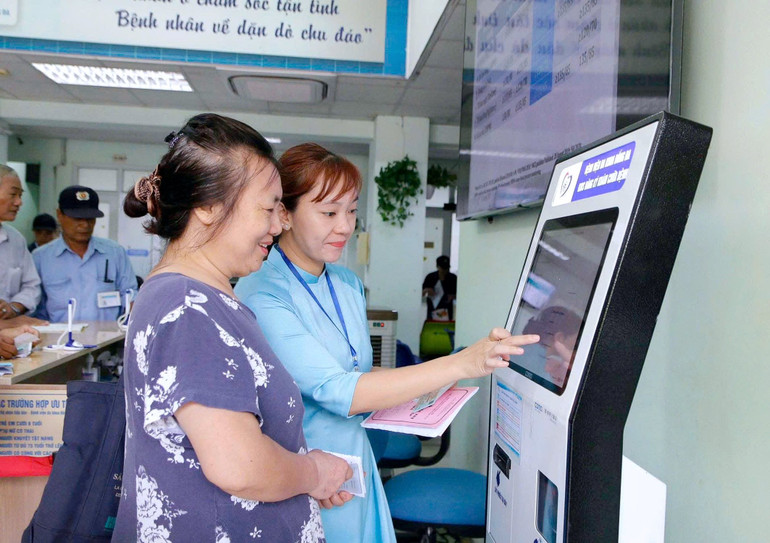
The Ministry of Health has effectively implemented the “Remote Medical Examination and Treatment” Project for many years. This is an effective solution, helping to shorten the distance in space and time, save costs and help local patients enjoy medical examination and treatment services like those at the central level, contributing to reducing the risk of disease transmission in the community.
The effectiveness of the Project has helped to create many digital hospital models such as: "Sister - Sister Hospital" was piloted between Ba Vi General Hospital and Xanh Pon General Hospital, Hanoi with the method of "going to virtual rooms", participating in emergency care thanks to online connection. The "Digital Doctor" model in Hanoi and Ho Chi Minh City is supported by doctors using AI technology to diagnose, prescribe and remotely consult patients...
The benefits of applying science, technology and digital transformation are opportunities for local health sectors to upgrade local medical facilities.
The benefits of applying science, technology and digital transformation are opportunities for the local health sector to upgrade medical facilities in the area. Dr. Le Van Cuong, Director of the Thanh Hoa Provincial Department of Health, said that to achieve this achievement, the provincial health sector has proactively and synchronously deployed many modern applications, software and technologies in four key areas: Management and operation; medical examination and treatment; preventive medicine and community health care; modern medical equipment and technology. Thanks to the synchronous application of digital software and devices, the management of the province's health sector is increasingly transparent and modern; medical examination and treatment activities become more professional and convenient for people, while creating a solid foundation to move towards the goal of "Smart Hospital - Digital Medicine - Digital Health" in the coming time.
Currently, at hospitals under the Ministry of Health, the deployment of management software at hospitals such as: HIS software reaches 100%, mainly provided by information technology enterprises (FPT, Link Toan Cau, Dang Quang...); LIS management software is used by 36 hospitals (92.3%); image archiving and transmission system (RIS-PACS) is equipped by 52.6% of hospitals; 92.3% of grade 1 hospitals have established portals and electronic information pages; 87.2% of hospitals deploy management software (electronic documents, emails)... More than 99.7% of medical examination and treatment facilities in 34 provinces and cities are connected to the appraisal system of Vietnam Social Security...
(To be continued)
Source: https://nhandan.vn/dot-pha-trong-quan-ly-kham-chua-benh-nho-chuyen-doi-so-post918056.html




![[Photo] Party Committees of Central Party agencies summarize the implementation of Resolution No. 18-NQ/TW and the direction of the Party Congress](https://vphoto.vietnam.vn/thumb/1200x675/vietnam/resource/IMAGE/2025/10/27/1761545645968_ndo_br_1-jpg.webp)
![[Photo] National Assembly Chairman Tran Thanh Man receives Chairman of the House of Representatives of Uzbekistan Nuriddin Ismoilov](https://vphoto.vietnam.vn/thumb/1200x675/vietnam/resource/IMAGE/2025/10/27/1761542647910_bnd-2610-jpg.webp)




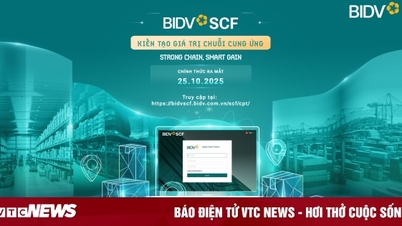


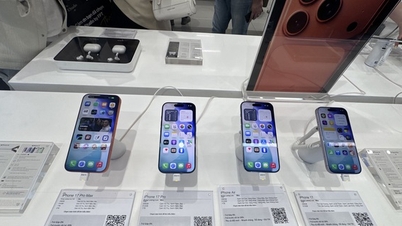

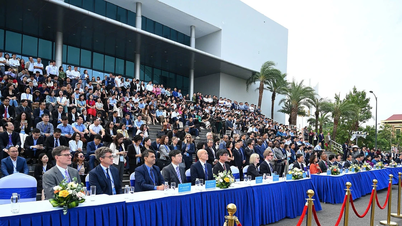






























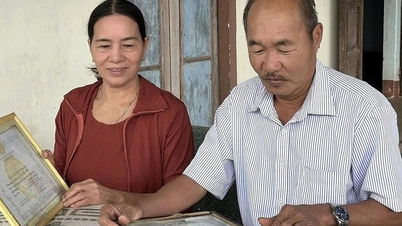



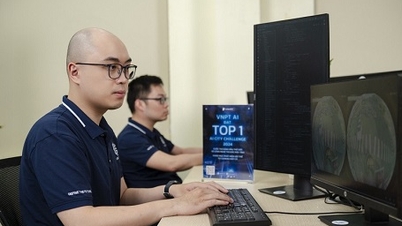



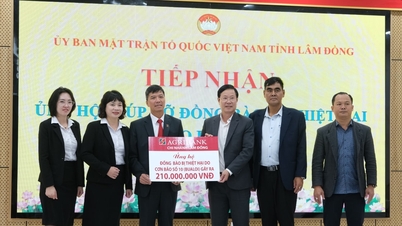



















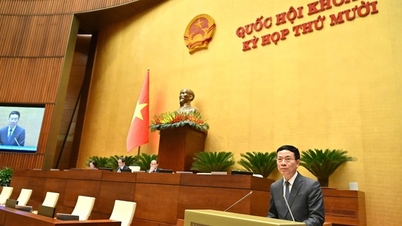



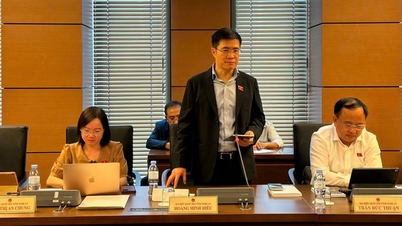
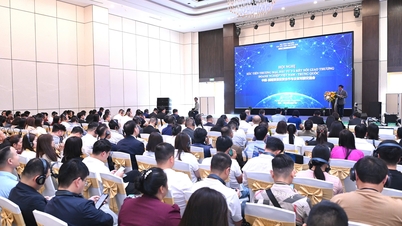

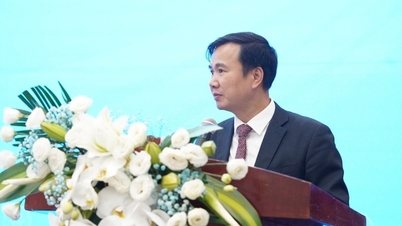




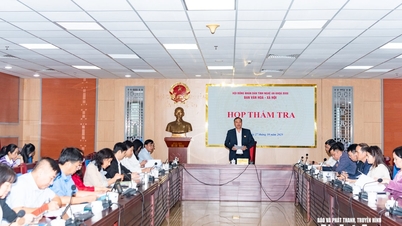




















Comment (0)